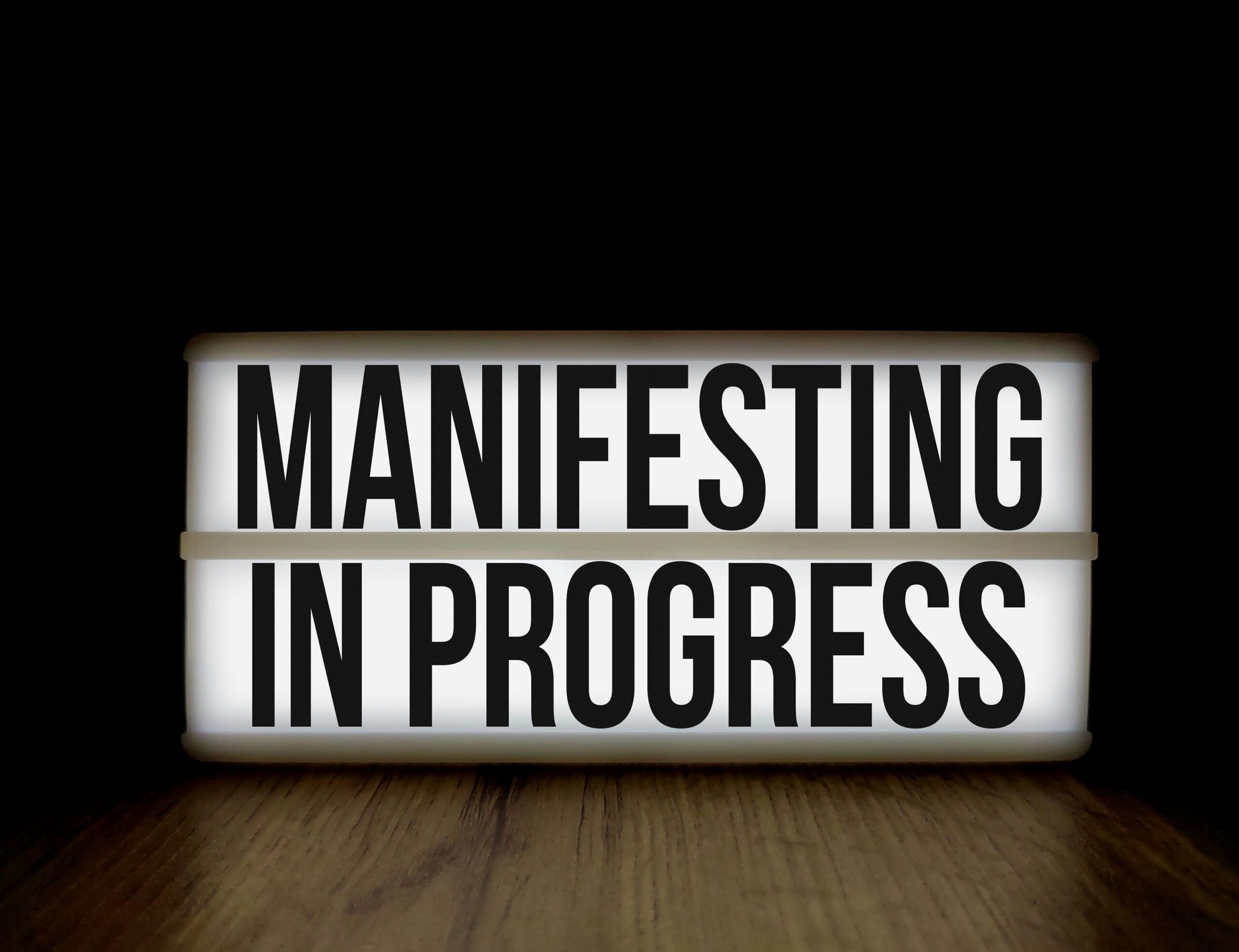Understanding how habits shape our lives is the first step toward lasting transformation. Every action we take daily follows a predictable pattern that neuroscience has decoded.
🧠 The Neuroscience Behind Habit Formation
Our brains are magnificent pattern-recognition machines, constantly seeking ways to conserve energy and automate repetitive behaviors. This evolutionary advantage has created what scientists call the habit loop—a neurological pattern that governs every habit we possess. Understanding this mechanism isn’t just academic curiosity; it’s the key to unlocking personal transformation.
The basal ganglia, a primitive part of our brain, stores habits and automated behaviors. Meanwhile, the prefrontal cortex—responsible for decision-making and self-control—gradually hands over control to this autopilot system. This transfer explains why habits feel effortless once established but require significant mental energy to change.
Research from MIT has revealed that habits emerge through a three-step neurological loop. This discovery has revolutionized our understanding of human behavior and opened pathways to intentional habit modification. The implications extend far beyond individual self-improvement, influencing fields from public health to organizational management.
🔄 Decoding the Three-Stage Habit Loop
Charles Duhigg’s groundbreaking research identified three components that form every habit: the cue, the routine, and the reward. These elements work together in a continuous cycle that becomes more automatic with each repetition.
The Cue: Your Brain’s Trigger System
Cues are environmental or emotional triggers that initiate habitual behavior. They can be time-based (waking up at 7 AM), location-based (entering your kitchen), emotional (feeling stressed), social (being around certain people), or immediately preceding actions (finishing dinner).
Your brain continuously scans for these triggers, having learned through repetition which cues signal specific rewards. The more consistent the cue-reward relationship, the stronger your habit becomes. This explains why changing your environment can dramatically impact behavior modification success.
The Routine: The Behavior Itself
The routine is the actual behavior you perform—physical, mental, or emotional. It’s the visible part of the habit loop that most people focus on when attempting change. However, focusing solely on the routine without addressing cues and rewards often leads to failure.
Routines can be simple (checking your phone) or complex (your entire morning sequence). They become deeply ingrained through repetition, creating neural pathways that strengthen each time you complete the loop.
The Reward: The Reinforcement Mechanism
Rewards satisfy cravings and teach your brain which loops are worth remembering. They release dopamine, creating the neurological foundation for habit formation. Interestingly, the anticipation of the reward—not the reward itself—drives most habitual behavior.
Understanding what reward you’re actually seeking is crucial. Sometimes the obvious reward masks the true desire. For instance, a coffee break might provide less about caffeine and more about social connection or mental rest.
⚡ The Craving: The Hidden Fourth Element
Modern habit science has identified a crucial element between the cue and routine: the craving. This anticipation creates the motivational force that drives the habit loop. Without craving, cues would never trigger routines, and habits wouldn’t form.
Cravings emerge gradually as your brain begins associating cues with rewards. This anticipation becomes so powerful that the cue itself triggers a dopamine response before you even perform the routine. Marketing professionals and app developers exploit this mechanism extensively, creating products designed to hijack our habit loops.
Understanding your cravings illuminates why certain habits persist despite contradicting your stated goals. The smoker doesn’t crave cigarettes—they crave the stress relief, social break, or stimulation the cigarette provides. Identifying these underlying cravings enables more effective habit replacement strategies.
🎯 Practical Strategies for Habit Transformation
Knowledge without application remains theoretical. Transforming your understanding of habit loops into concrete life changes requires systematic approaches backed by behavioral science.
The Golden Rule of Habit Change
You can’t extinguish a bad habit; you can only change it. This principle, established through decades of research, fundamentally alters how we approach behavior modification. Instead of trying to eliminate routines, focus on keeping the same cue and reward while inserting a new routine.
For example, if stress (cue) leads to smoking (routine) for relaxation (reward), identify alternative routines that provide similar relaxation—deep breathing, brief walks, or stretching exercises. The cue and reward remain constant while you gradually replace the harmful routine with a beneficial one.
Implementation Intentions: Planning Your Habit Loops
Research by psychologist Peter Gollwitzer demonstrates that creating specific “if-then” plans dramatically increases habit formation success. These implementation intentions connect cues directly to routines, bypassing the need for willpower or decision-making.
Instead of vague goals like “I’ll exercise more,” create specific statements: “If it’s 6 AM on a weekday, then I’ll put on my workout clothes and do 20 minutes of yoga.” This specificity programs your habit loop before encountering the actual situation.
Habit Stacking: Building on Existing Routines
James Clear popularized this technique of anchoring new habits to established ones. Your existing habits already have strong cue-routine-reward loops, making them perfect anchors for new behaviors.
The formula is simple: “After [CURRENT HABIT], I will [NEW HABIT].” For instance, “After I pour my morning coffee, I will write three things I’m grateful for.” This leverages the momentum of established habits while building new neural pathways.
📊 Measuring and Tracking Your Habit Progress
What gets measured gets managed. Tracking provides immediate rewards, creates accountability, and offers data for optimization. However, tracking must be simple enough to become habitual itself, or it becomes another abandoned goal.
The minimum viable tracking system involves marking successful completions on a calendar. This simple visual creates a chain of successes that motivates continued performance—a technique comedian Jerry Seinfeld famously used for daily writing. The growing chain becomes a reward itself, adding positive reinforcement to your habit loop.
More sophisticated tracking can reveal patterns invisible to casual observation. When do you succeed? When do you fail? What environmental factors correlate with success? This data transforms habit change from guesswork into strategic optimization.
🚀 Keystone Habits: The Domino Effect of Change
Some habits create cascade effects, triggering positive changes across multiple life areas. These keystone habits provide disproportionate returns on investment, making them priority targets for transformation.
Regular exercise is a classic keystone habit. People who establish consistent exercise routines often spontaneously improve their diets, sleep better, become more productive, and even manage finances more effectively. The discipline and self-efficacy developed through exercise transfers to other domains.
Identifying your personal keystone habits requires self-reflection. Which single habit change would create the most comprehensive life improvement? Common keystone habits include:
- Regular physical exercise establishing discipline and energy
- Consistent sleep schedules improving decision-making and emotional regulation
- Daily meditation enhancing awareness and impulse control
- Regular meal planning supporting health and reducing decision fatigue
- Morning routines creating momentum for productive days
💪 Overcoming the Willpower Myth
Contrary to popular belief, willpower isn’t an unlimited resource that some people possess and others lack. Research by Roy Baumeister demonstrated that willpower functions more like a muscle—it fatigues with use but can be strengthened through practice.
This discovery has profound implications for habit change. Relying on willpower for sustained behavior modification inevitably fails because willpower depletes throughout the day. By evening, when willpower reserves are lowest, you’re most vulnerable to habit failure.
The solution involves designing your environment and habit loops to minimize willpower requirements. Make desired behaviors easier and undesired behaviors harder through environmental design. Place workout clothes beside your bed. Delete social media apps from your phone. These small friction adjustments compound over time.
The Two-Minute Rule for Starting Small
When establishing new habits, scale them down to actions takeable in two minutes or less. This principle overcomes the initial resistance that prevents habit formation. The goal isn’t to achieve your ultimate objective in two minutes but to establish the ritual of showing up.
“Exercise for thirty minutes” becomes “put on workout clothes.” “Write a chapter” becomes “write one sentence.” These miniature versions create the neural pathways and identity shifts that eventually support the full habit. Once the two-minute version becomes automatic, gradually expand the routine.
🌟 Identity-Based Habit Formation
The most powerful habit changes occur at the identity level rather than the outcome level. Instead of focusing on what you want to achieve, focus on who you wish to become. This subtle shift creates profound transformation.
Outcome-based goals say “I want to run a marathon.” Identity-based habits say “I am a runner.” The first requires constant motivation and willpower. The second becomes self-reinforcing—runners run because that’s who they are.
Every action you take is a vote for the type of person you wish to become. Miss one workout, and you’re human. Miss consistently, and you’re not someone who exercises. Each habit completion strengthens your new identity, creating a positive feedback loop that makes continued performance feel natural rather than forced.
🔧 Troubleshooting Common Habit Formation Obstacles
Understanding potential roadblocks before encountering them dramatically increases success rates. Most habit failures follow predictable patterns with proven solutions.
The Planning Fallacy and Overcommitment
We systematically underestimate how long tasks take and overestimate our future motivation. Combat this by starting smaller than seems necessary. If you think you can meditate for twenty minutes daily, start with five. Success breeds success, while repeated failures create discouragement.
Environmental Friction and Hidden Obstacles
Small obstacles create disproportionate barriers to habit completion. If your gym is fifteen minutes away instead of five, you’ll visit significantly less often. Identify and eliminate friction points in your desired habits while adding friction to undesired ones.
The Absence of Immediate Rewards
Our brains evolved for immediate survival, creating a bias toward instant gratification. Healthy habits often lack immediate rewards—exercise might feel uncomfortable, saving money means present sacrifice, and healthy eating doesn’t provide instant pleasure like junk food.
Address this by engineering immediate rewards for beneficial habits. Give yourself a small treat after exercising. Transfer five dollars to savings after choosing a healthy meal. Track completions visually. These immediate reinforcements strengthen your habit loop until long-term rewards become reality.
🎭 Social Dimensions of Habit Formation
Humans are profoundly social creatures, and our habits reflect our social environments. We unconsciously adopt the behaviors of those around us, making community selection crucial for habit success.
The Framingham Heart Study revealed that behaviors like obesity, smoking, and happiness spread through social networks with measurable, quantifiable effects. Your friend’s friend’s friend influences your likelihood of specific behaviors, even if you’ve never met them.
Leverage this social dimension by joining communities aligned with your desired identity. Want to become a reader? Join a book club. Want to exercise regularly? Find workout partners. The accountability, modeling, and social rewards these communities provide supercharge your individual habit efforts.
⏰ Timing and Context in Habit Success
When you attempt habit formation matters as much as how. Research on chronobiology reveals that our willpower, focus, and energy fluctuate predictably throughout the day, creating optimal windows for different habit types.
Most people experience peak willpower in the morning, making this the ideal time for habits requiring significant self-control. Schedule exercise, creative work, or important decisions for morning hours when possible. Reserve automatic or enjoyable habits for afternoon and evening when willpower depletes.
Context consistency accelerates habit formation. Performing the same behavior in the same context at the same time creates stronger neural associations. Your brain begins preparing for the routine when you enter the familiar context, reducing the activation energy required.

🌈 Transforming Your Life Through Habit Architecture
Sustainable transformation doesn’t result from motivation or willpower but from systematically designing your habit loops for success. By understanding the science underlying habitual behavior, you gain the tools to architect your daily routines intentionally.
Begin by auditing your current habits without judgment. Which automatic behaviors serve your goals? Which undermine them? Map the cue-routine-reward structures driving your behavior. This awareness creates the foundation for strategic change.
Select one or two habits for transformation—preferably keystone habits with cascade effects. Apply the golden rule by maintaining cues and rewards while replacing routines. Use implementation intentions to program your habit loops. Start small with the two-minute rule. Track your progress visibly. Engineer your environment to support success.
Remember that habit formation isn’t linear. Expect setbacks and prepare recovery strategies in advance. A single missed day doesn’t erase progress—the next action always matters more than the last mistake. Persistence through imperfection creates lasting change.
The power of habit loop science lies not in its complexity but in its systematic application. Small changes compound over time, creating transformations that initially seem impossible. Your daily routines determine your destiny—design them wisely, and success and happiness naturally follow.
Toni Santos is a personal growth strategist and wealth alignment researcher dedicated to helping people connect mindset, habits, and money with purpose. With a focus on abundance psychology and intentional living, Toni explores how beliefs, behavior, and clarity turn goals into sustainable prosperity. Fascinated by financial psychology and high-performance routines, Toni’s journey bridges coaching, behavioral science, and practical frameworks. Each guide he shares is an invitation to design a life by intention—where daily actions align with values, and values align with long-term wealth. Blending mindset work, habit design, and evidence-based strategy, Toni studies how identity shifts, focus systems, and disciplined execution create compounding results. His work champions the idea that true abundance is built from the inside out—through awareness, alignment, and consistent action. His work is a tribute to: An abundance mindset grounded in gratitude, vision, and responsibility Financial psychology that transforms behavior into smart decisions Goal-oriented living powered by clear systems and repeatable habits Whether you’re redefining success, aligning money with meaning, or building habits that last, Toni Santos invites you to grow with intention—one belief, one plan, one aligned step at a time.




